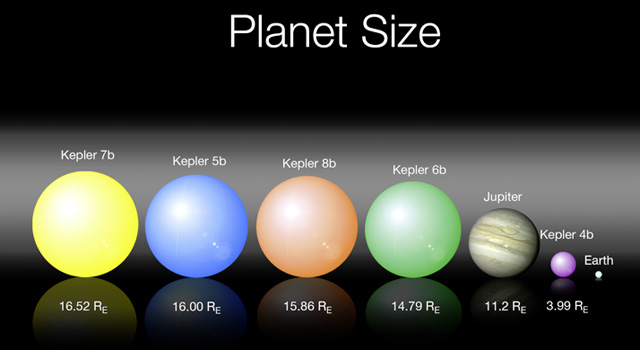well, as far as i can tell from the reports on this, they only claimed earth sizedNot necessarily, but generally speaking. Earth like planets are "rocky" not gaseous planets, but also, and I'm only giving an opinion, Earth like planets are also planets in orbits conducive to supporting life. Earth like planets might be 10 times more massive than Earth, but probably not much smaller vis-a-vis Mars.so "earth sized" is the same as "earth like"?
and i havent seen anywhere that they know these are not gas giants



